The 5 Ps Of Compartment Syndrome
The 5 ps of compartment syndrome. These are the five warning signs of acute compartment syndrome ACS a medical emergency. In this article doctors from Duke University review the causes and effects of ACS. The 5 P s are oftentimes associated with compartment syndrome.
They may manifest only in the late stages of compartme. The traditional 5 Ps of acute ischemia in a limb ie pain paresthesia pallor pulselessness poikilothermia are not clinically reliable. This term which refers to a body part that regulates its temperature with surrounding areas is an important one.
The traditional 5 Ps of acute ischemia in a limb ie pain paresthesia pallor pulselessness poikilothermia are not clinically reliable. Start studying Five Ps of compartment syndrome. Pheochromocytoma Patau syndrome aiP comPartment syndrome lichen Planus.
The 5 Ps of a Compartment Syndrome Affecting an Extremity. A diminished or absent pulse in an affected area can be caused by compartment syndrome which creates a tourniquet-like effect and cuts off circulation to the limb. This horrible pressure decreases blood flow so there is less oxygen getting to the tissue and cells.
Some authors include pulselessness but this should not be. Common Signs and Symptoms. Most orthopedic surgeons and residents understand the 5 Ps of compartment syndrome pain paresthesia paralysis pallor and pulselessness.
Acute compartment syndrome is a surgical emergency with diverse etiologies. Acute compartment syndrome is classically described clinically with the 6 Ps. Pallor pain pulse paralysis and paraesthesia.
Pain on passive stretch of the muscles in concerned compartment Low sensitivity and high specificity large false-negative or missed cases Pressure. Compartment syndrome happens when the muscles have too much pressure.
These are the five warning signs of acute compartment syndrome ACS a medical emergency.
What are the 5 Ps of compartment syndrome A nurse is caring for a 10 yr old from NURS 3174 at Prairie View AM University. The 5 P s are oftentimes associated with compartment syndrome. Pain pallor paresthesia paresis poikilothermia and pulselessness. Pain on passive stretch of the muscles in concerned compartment Low sensitivity and high specificity large false-negative or missed cases Pressure. Compartment syndrome happens when the muscles have too much pressure. This horrible pressure decreases blood flow so there is less oxygen getting to the tissue and cells. The traditional 5 Ps of acute ischemia in a limb ie pain paresthesia pallor pulselessness poikilothermia are not clinically reliable. What are the 5 Ps of compartment syndrome A nurse is caring for a 10 yr old from NURS 3174 at Prairie View AM University. Compartment Syndrome - 5 Ps for circulation assessment pain pallor pale skin tone paresthesia numbness feeling pulselessness faint pulse and.
These are the five warning signs of acute compartment syndrome ACS a medical emergency. Kim et al used a mnemonic to refer to clinical findings useful to recognize a compartment syndrome. The 5 Ps of 5 Ps. Compartment Syndrome - 5 Ps for circulation assessment pain pallor pale skin tone paresthesia numbness feeling pulselessness faint pulse and. A diminished or absent pulse in an affected area can be caused by compartment syndrome which creates a tourniquet-like effect and cuts off circulation to the limb. Compartment syndrome happens when the muscles have too much pressure. Pain on passive stretch of the muscles in concerned compartment Low sensitivity and high specificity large false-negative or missed cases Pressure.





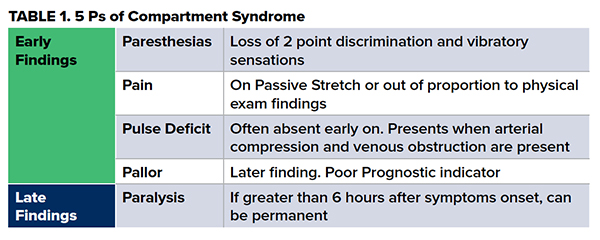
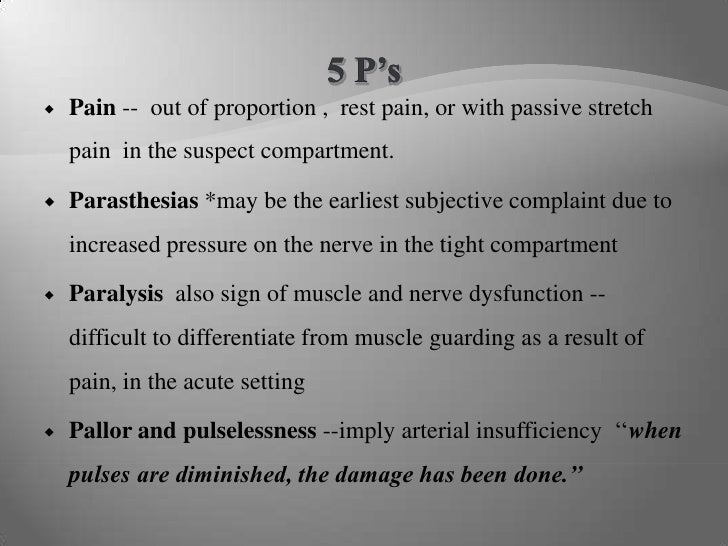




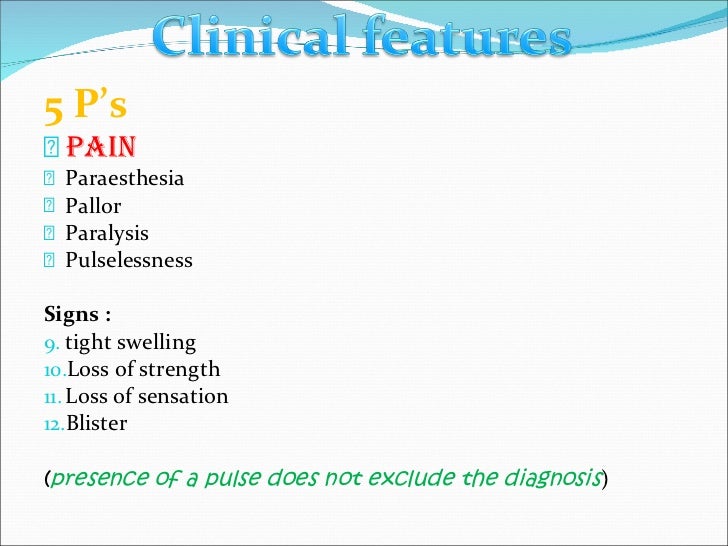
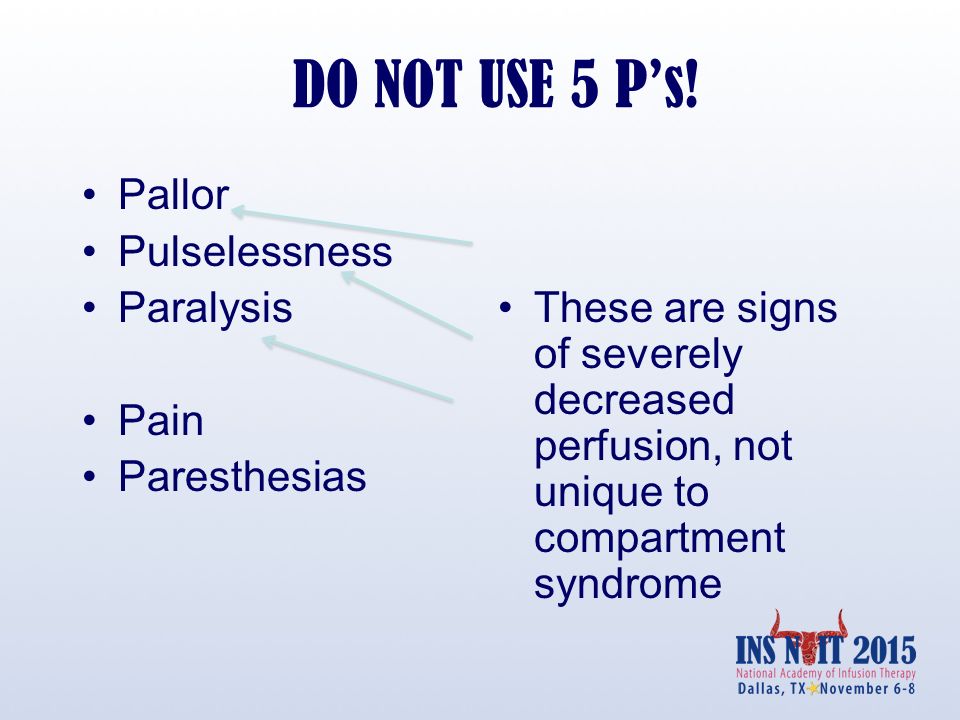
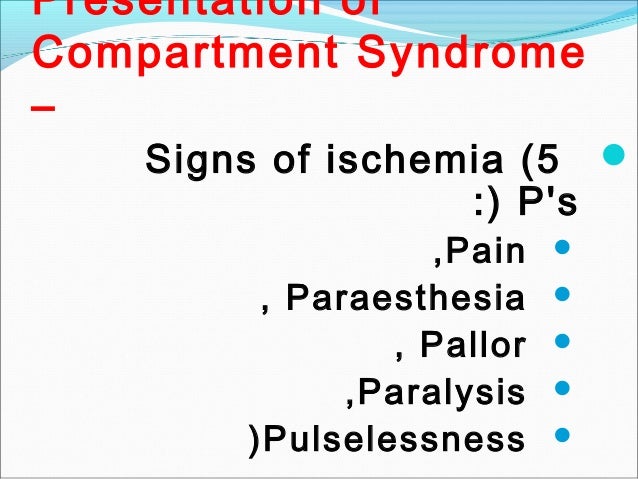




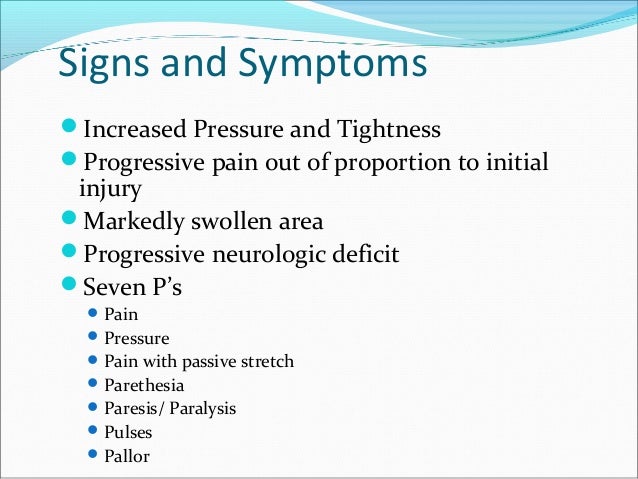

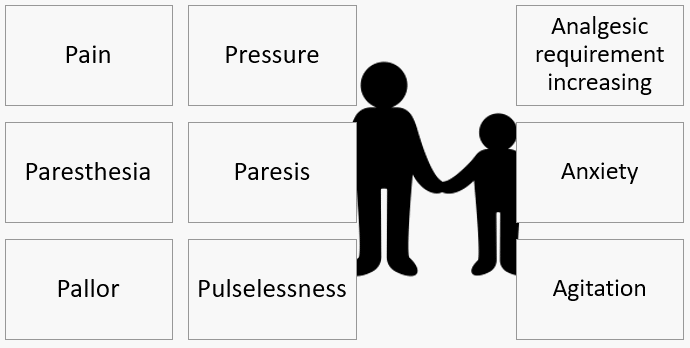
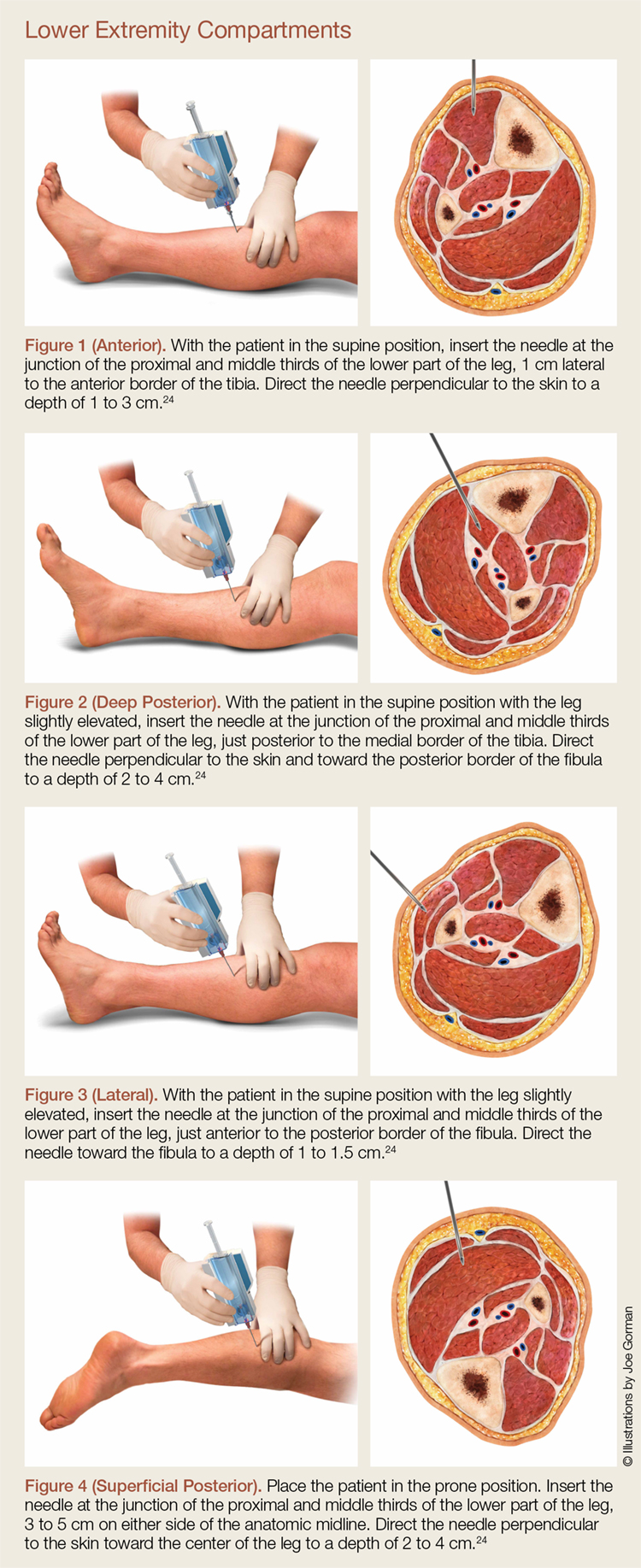


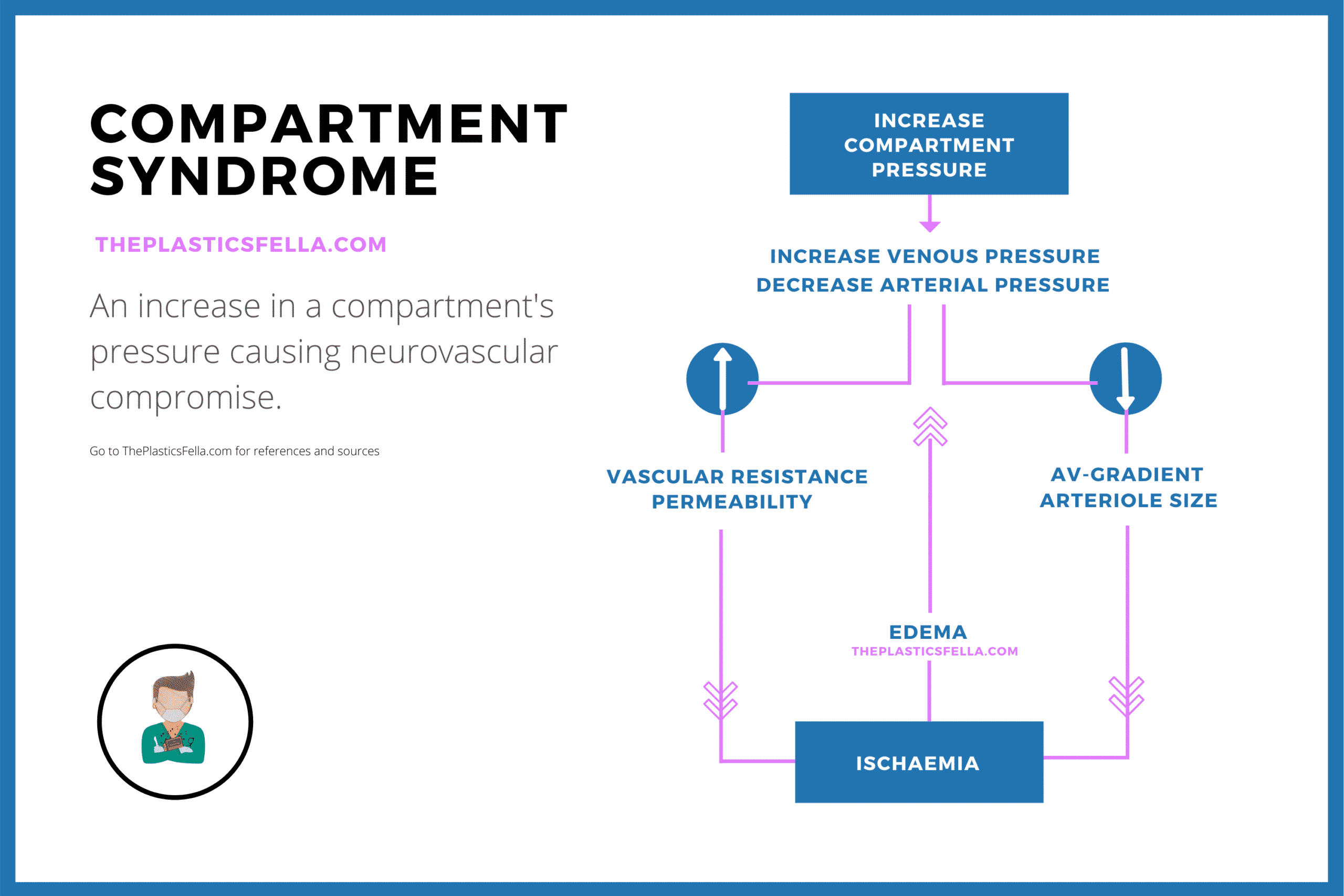

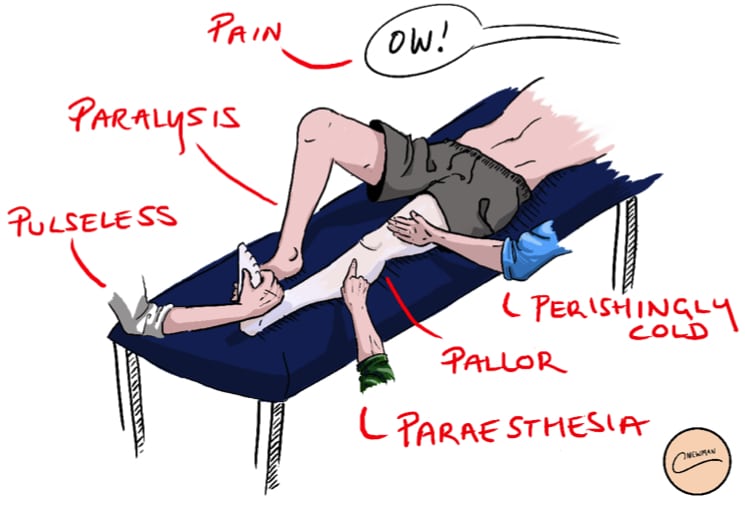

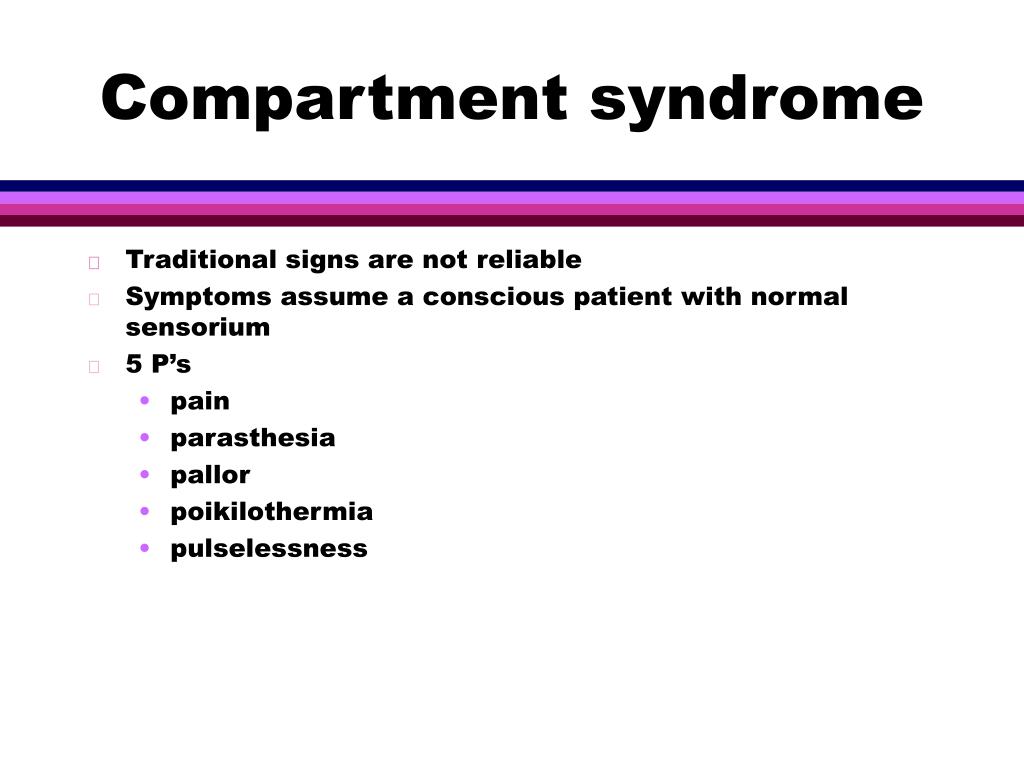


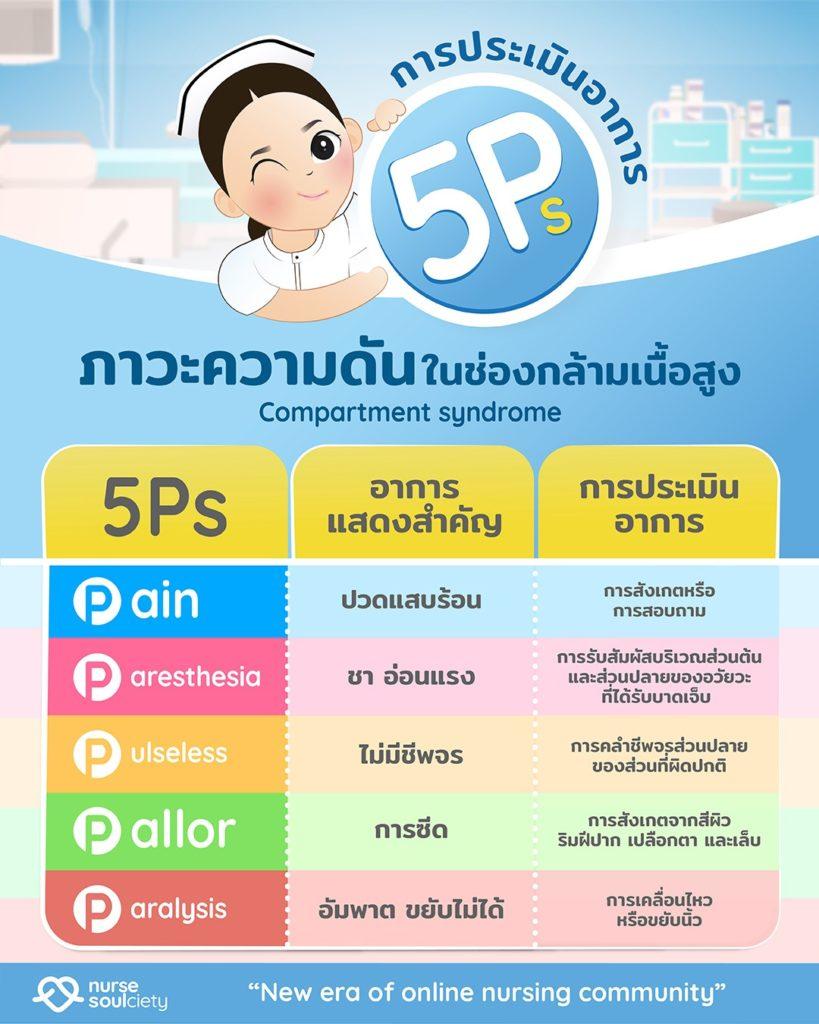





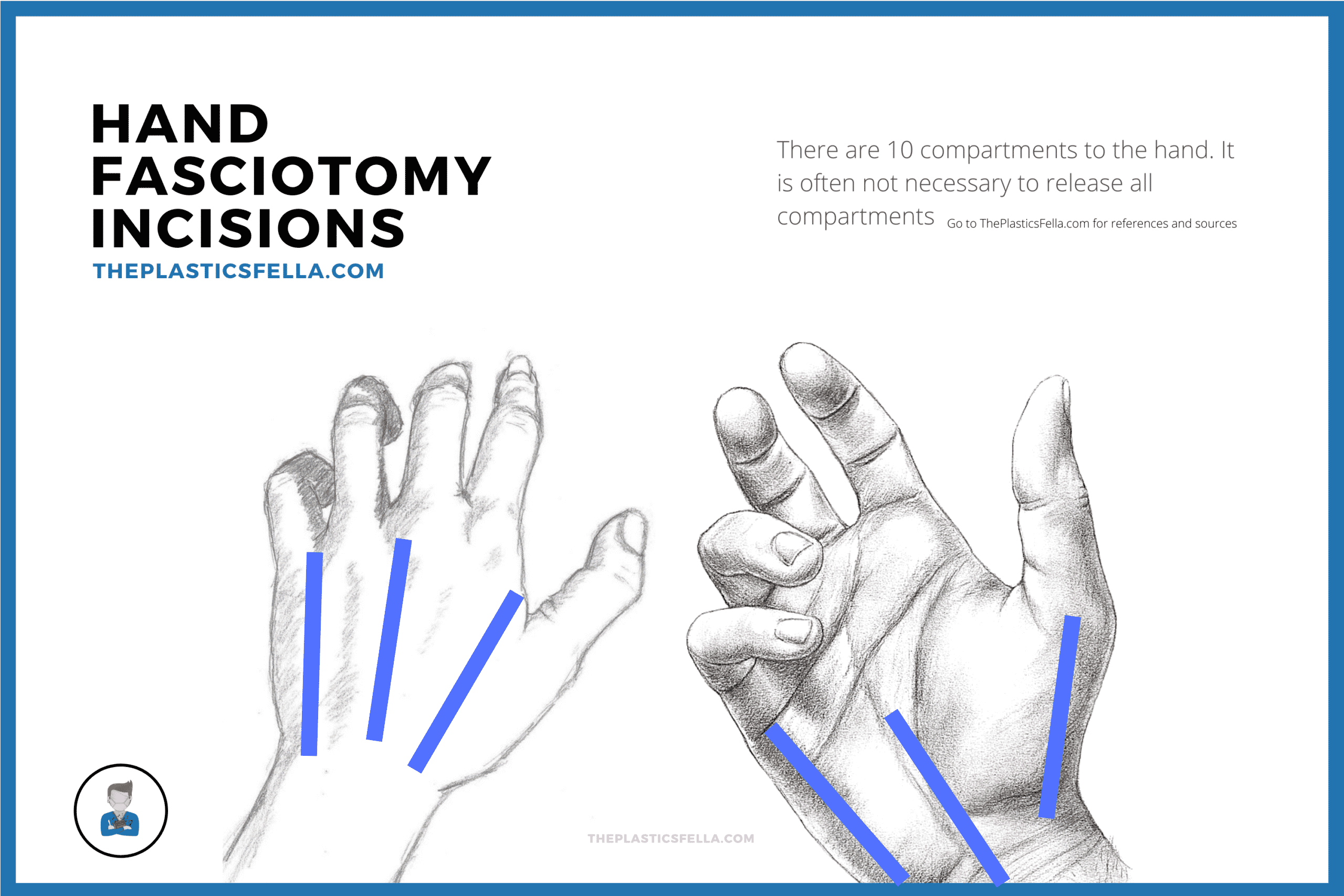



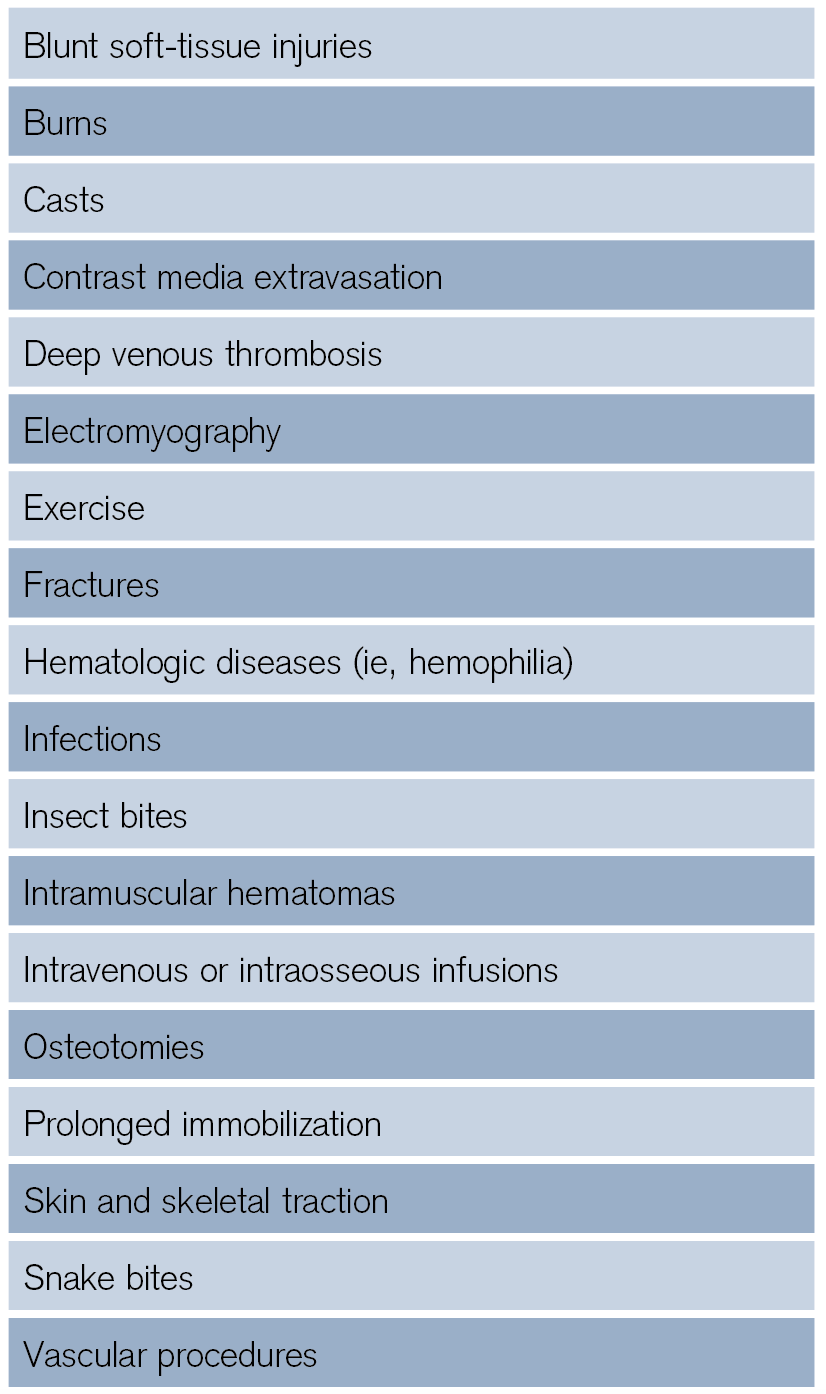
Post a Comment for "The 5 Ps Of Compartment Syndrome"